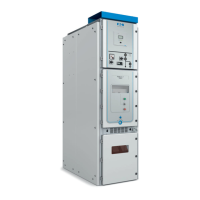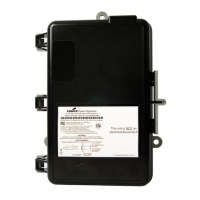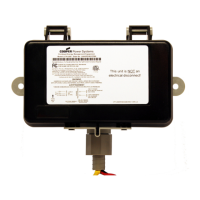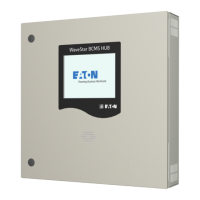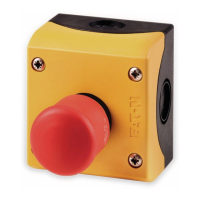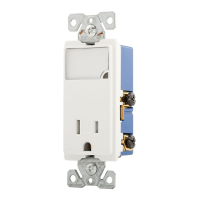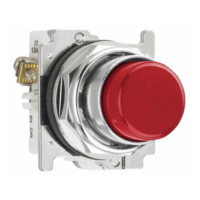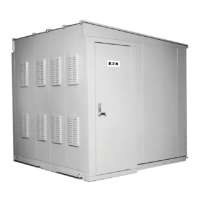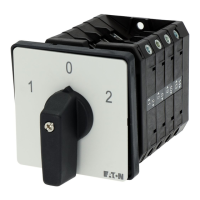KS 3-2010
Page iii
Introduction
NEMA KS 3 deals with guidelines for inspection and preventive maintenance of switches used in
commercial and industrial applications. These guidelines are to be used to identify switches requiring
maintenance or replacement. Good practice includes periodic switch maintenance during plant shutdown
or during a regular maintenance period as specified, for example, in NFPA 70B. When a switch operates
automatically, good practice dictates that the source of the overcurrent should be located, and if it is
suspected that the operation was at or near the interrupting rating, the switch condition should be
checked prior to circuit re-energization.
When appropriately maintained, switches provide reliable protection for many years. The exact lifetime of
the switch, however, is determined by the switch’s operational duty and by its environment.
With respect to operational duty, for some circuits there will be occasional overload conditions or low-
current fault conditions. Here the operating life will be tens of years. In other circuits, there may be high
short-circuit-current faults but it should be noted that bolted faults at the switch interrupting rating are
rarely encountered. Short circuit events can significantly reduce the operating life of the switch and may
necessitate replacement of the switch. Switches in this Guideline are evaluated to three different UL
Standards: UL 98 Enclosed and Dead-Front Switches, UL 977 Fused Power-Circuit Devices, and UL
1429 Pullout Switches. They are subjected to thousands of endurance test operations; overload test
operations; and two interrupting tests at maximum short-circuit-current rating. Thus switches have an
extensive but finite interrupting capability, and switches that experience multiple high short-circuit-current
faults should receive a thorough inspection and be replaced if necessary.
With respect to environmental effects, switches are sometimes exposed to high ambient temperatures,
high humidity, and other ambient conditions that are hostile to long term performance. For example,
industries may have corrosive environments or could be associated with dusty environments that could
affect operating parts.
It is not intended that switches be disassembled for inspection. Rather, NEMA KS 3 should be referenced
during periodic maintenance or during specific inspection following a high short-circuit-current fault. This
document is intended to ensure that switches are well maintained, and provides guidelines for switch
replacement.
This document is divided into separate sections as follows:
Section 1 presents the scope and referenced standards.
Section 2 details the safety procedures to be followed.
Section 3 deals with general guidance.
Section 4 deals with inspection procedures and describes thermal checks (
4.2) and visual checks (4.3)
of the enclosure and switch condition. Overheating of the switch would necessitate further investigation,
and cracks in the insulation systems would certainly necessitate switch replacement.
Section 5 deals with preventive maintenance and ensures that the switch’s life is not compromised by
external conditions. The objectives are that the switch operates in a clean environment and that the
terminals are in good condition (5.2), that fuses (if required) are connected properly (5.3), and that wire
connectors are in good condition and are correctly torqued (5.4).
Section 6 deals with non-destructive test procedures that can be used to verify specific operating
characteristics of switches. These include the Mechanical Operation Test (
6.2), the Insulation Resistance
Test (
6.3), and the Individual Pole Resistance Test (millivolt drop test) (6.4). Non-compliance to one or
more of these tests could necessitate switch replacement.
© Copyright 2010 by the National Electrical Manufacturers Association.

